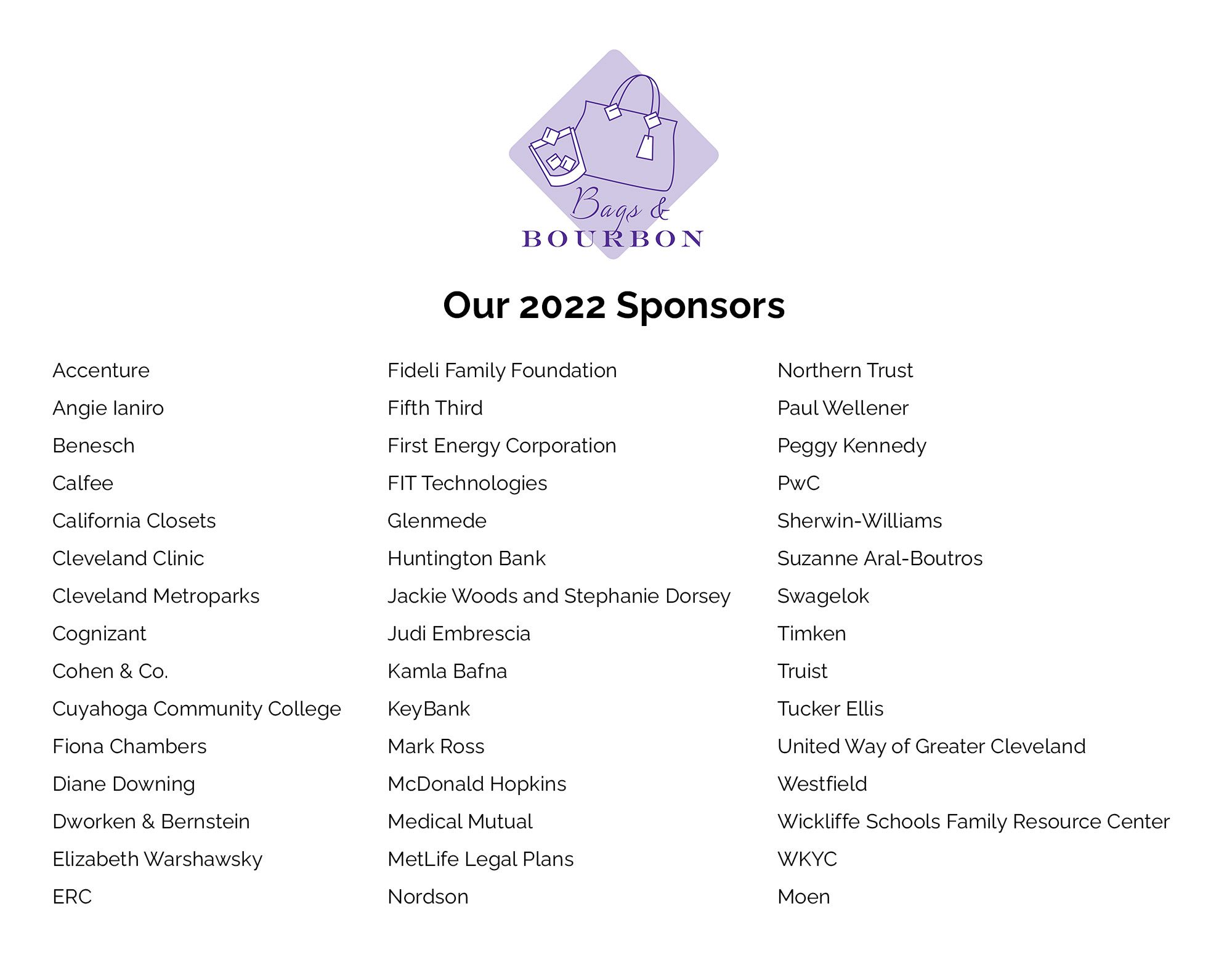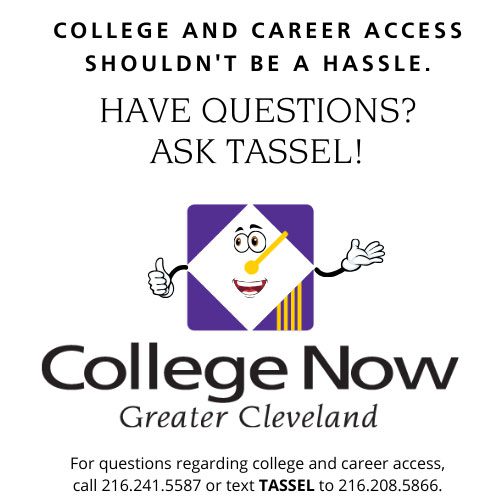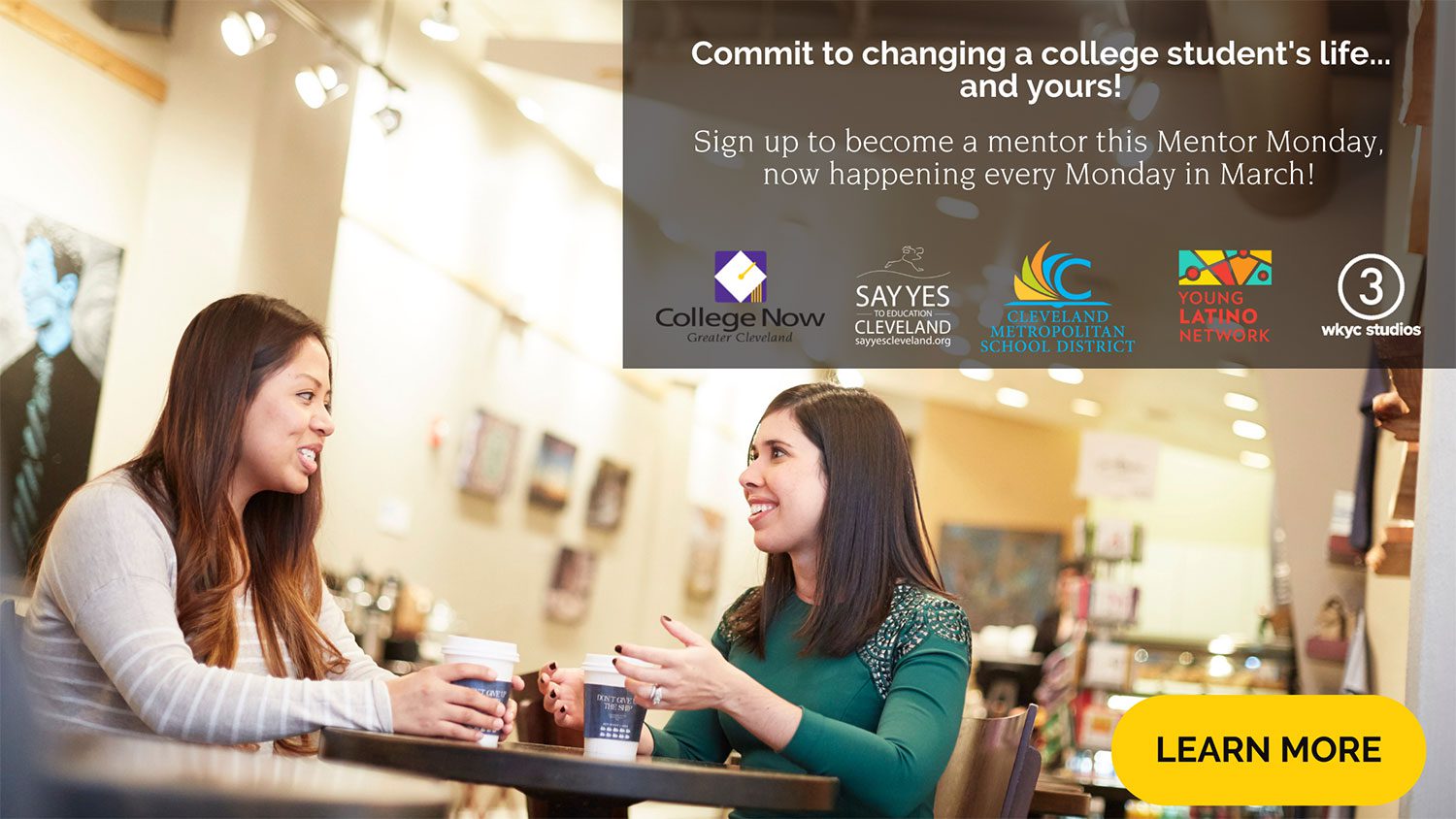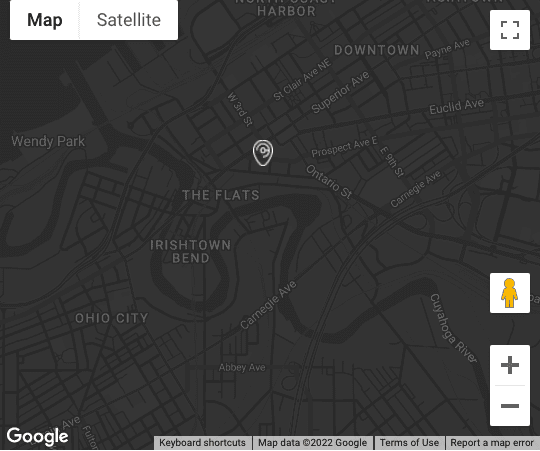Getting Students on a Postsecondary Path Must Start Early! Reaching students early in the college-going process has always been a priority for College Now. However, in recent years, College Now has strengthened its early awareness work in an effort to reach students earlier than ever and begin the discussion about their secondary and postsecondary goals – often reaching students as early as eighth grade. Eighth grade?! But why do students need to be thinking about college so early? Well, we’re not asking students to make major life decisions or fill out their college applications starting in eighth grade. What we mean by early awareness is that we want students to start thinking about their futures from an early age. The foundation for postsecondary success must be laid early, giving students a game plan and outline for their high school years. Working with students in eighth grade, before they have entered high school, gives advisors and students a chance to discuss the often-challenging and stressful transition between middle and high school. According to the National Education Association, “ninth grade course failure and retention are strong predictors of dropping out of high school,” meaning that helping students successfully transition from middle to high school is imperative to helping them complete their high school programs. Reaching students early helps them navigate this tricky point in their schooling, and start high school on the path to success and graduation. College Now has instituted a summer bridge academy called “Rebel Up” at John Adams High School to work on this exact issue, meeting with a cohort of eighth grade students during the summer before they begin their freshman year of high school. During this time, advisors help the students get acquainted with their new high school and discuss high school expectations. The 22 students in the initial Rebel Up cohort who continued their high school educations at John Adams showed a 90 percent attendance rate in 2016 – a very promising statistic for these ninth graders, as ninth grade attendance has been shown to be a strong indicator of high school graduation, and can also better predict if a student will fail a course than their test scores! Even once they transition to high school, many students do not even begin to think about their plans for after high school until they are upperclassmen, which is too late. This can pose a number of problems. First, students may have struggled academically early in high school – even up until they started to think about college – leaving them with a low GPA and, possibly, insufficient classes to meet the requirements of their postsecondary programs of choice. Additionally, students may not have taken the necessary standardized tests to apply to their preferred schools. Even if they have taken the necessary tests (the ACT and/or SAT), a lack of focus during their early high school years may mean that students haven’t prepped for the test, or haven’t given themselves enough time to take it more than once; students may be stuck with lower scores than they would like or need, without the opportunity for improvement. Additionally, when students do not consider their postsecondary options until late in high school, they miss out on the opportunity to pursue a high school curriculum that sets them up for success in a particular field. Identifying possible programs or areas of interest early on enables students to shape a high school pathway that can lead to the successful transition into postsecondary studies College Now works with students on career pathway maps, helping them focus as eighth, ninth and tenth graders on their skills and interests, and where those may be needed in the workforce. With workforce needs changing, we help students identify career fields that will have a growing need for workers, ensuring that their postsecondary choice will fit into the current economy. This saves students time and money in their postsecondary studies, as they leave high school with a guided pathway and vision as to what they need to do to complete their higher education. If you are an early high school student, the parent of a student or a community member who works with younger high school students, take time to think about life after high school. Although it may seem early, the sooner you start discussing their plans, the better. Image Copyright: wavebreakmediamicro / 123RF Stock Photo]]>
Getting Students on a Postsecondary Path Must Start Early!




